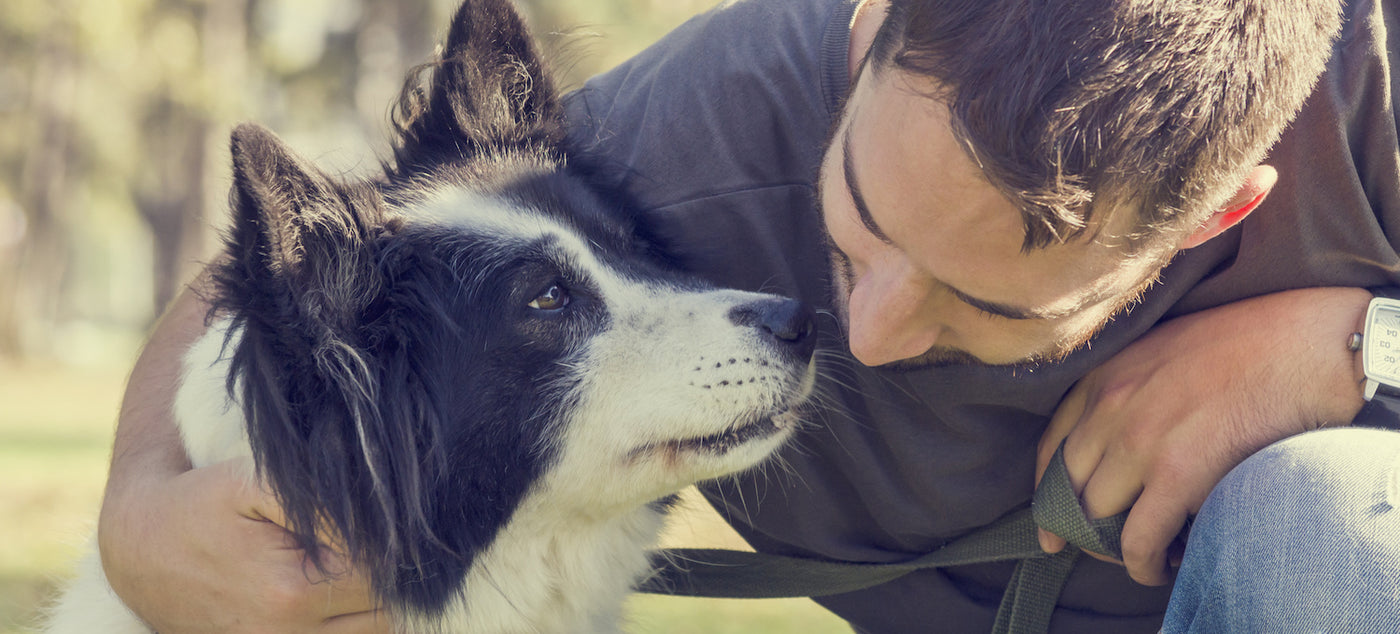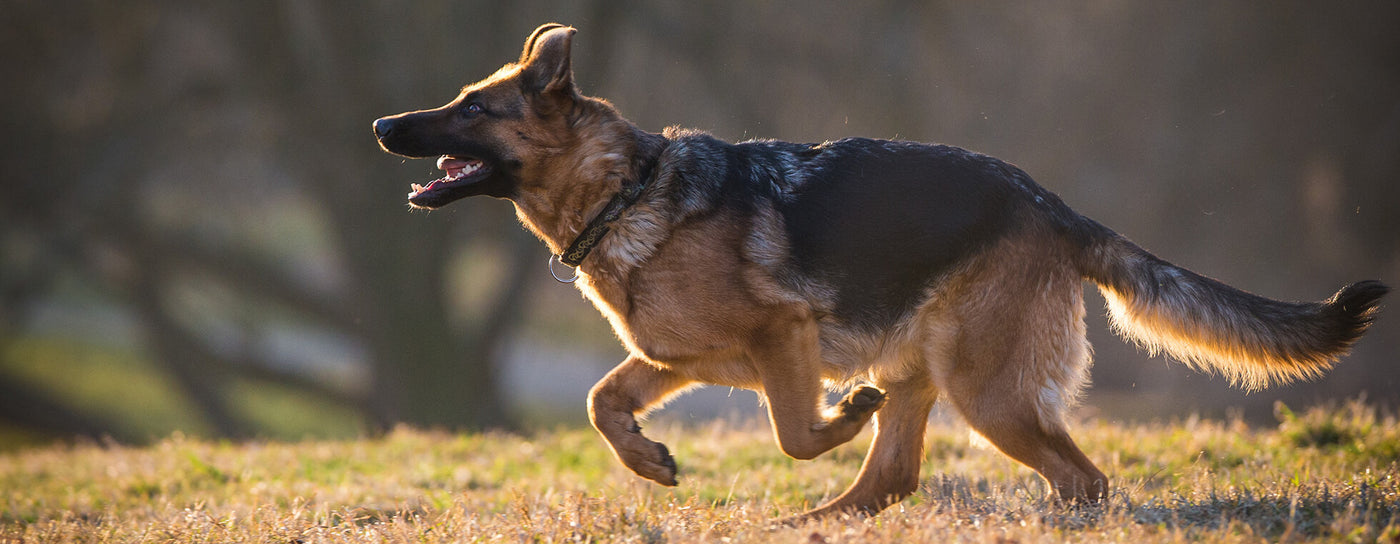
How a behaviourist can help to overcome your dog’s anxiety
Every dog, regardless of size or breed, can become anxious from time to time when put in a particular situation. That being said, anxiety can be a bigger problem for some pooches than others, and if you feel this is something affecting your dog’s health and happiness on a regular basis, seeking a dog behaviourist can be truly transformational.
Anxiety isn’t always something that’s completely obvious, but there are some tell-tale signs you can look out for. Sometimes these signs can be mistaken for bad behaviour, when the real cause is actually anxiety or fear. These include;
- Constant barking or whining, particularly when you leave them alone
- Aggression towards other dogs, particularly whilst out on walks
- Pulling against you whilst on the leash, sometimes triggered by something they’ve seen i.e. a bike or a child
- Tucking their tail between their legs or hiding behind an object
- Acting strange when around new people i.e. growling
- Uncontrollable shaking
If your dog experiences any of the above or something similar, they could be suffering from anxiety. The right route of treatment is really based on the individual dog and the severity of their anxiety. However, there are many benefits to visiting a professional dog behaviourist. Firstly they’ll be able to give you a professional analysis - They’ll be able to identify your dog’s trigger points and recommend things you can do to help. They’ll also put a clear training plan together and will work with your dog to slowly ease them towards a calmer, less anxious pooch.
Aside from seeking professional advice, some supplements have also proven to be effective in supporting a dog’s stress levels – including Vetionx Chillout Chews. Shop our full range of supplements here.
- Ben Abimbola
- Tags: Dog Care Dog Health Dogs

Choosing a dog breed that's right for you
As loving and rewarding as it is to be the owner of a dog, the decision to welcome one into your life, family and home should never be taken too lightly. That’s because dogs require a standard level of care – from regular exercise right the way through to maintaining their general health and happiness.
After considering whether now’s the right time to become a responsible dog owner, your next question will likely be, ‘what breed is right for me?’. Every dog breed has its own unique set of characteristics, from temperament through to health habits. That being said, every dog is unique and should be assessed based on their own individual qualities. To make the process a little easier, we’ve listed a few things that every prospective dog owner should consider before choosing a dog.
Things to consider:
- Are they good with small children? Some breeds are said to be more accepting of smaller children than others. That being said, with the right level of training, we’re strong believers that almost every dog can be taught to cohabit with smaller children. If you have small children in your home and this is something that concerns you, speak to a professional dog trainer for advice.
- How much exercise do they need? The physical demands of a working dog as opposed to a small terrier will differ greatly. Weigh up whether you’ll have the time needed to satisfy your dog’s activity levels on a daily basis, for the duration of their lifetime.
- Is a certain breed known to have health issues? Some breeds are more prone to certain issues than others, but that’s not to say that every dog falls into the same category. It’s often wise however, to research what your chosen breed can sometimes be affected by, including signs to look out for and ways of dealing with it should the problem arise when you become that dog’s owner. For example, French Bulldogs are sometimes known to have breathing issues while Springer Spaniels are prone to suffer from things like Elbow Dysplasia.
- Do they tend to be aggressive? Again, we believe this is something that’s not necessarily singled out by breed but also the way a dog has been welcomed to the world, the care and love they’ve received and the training they’ve been given. Some breeds are classed as being more ‘aggressive’ than others, but it does really come down to an individual dog and their own unique set of characteristics and again, their learning capabilities.
- Does the dog have protective traits? If you’re considering buying a dog for the added purpose of protection, breed is an important factor. That’s because some breeds possess more protective traits than others, and some breeds are able to undergo more intensive training than others due to their sophisticated learning capabilities. Protection dog training isn’t something that should be taken lightly but you can always speak to a professional dog trainer for advice.
Already chosen a breed and waiting to welcome your new dog into your home? Shop our wide range of puppy and dog foods, treats, accessories and health supplements here.
- Ben Abimbola
- Tags: Dog Care Dog Food Dog Health Dogs

Training collars – Greater freedom from greater control
So, you take your dog for a walk. Whilst having a nice, relaxing stroll with your pooch off their lead, you turn a corner to find a flock of deer relaxing in the wood. Suddenly, your usually relaxed and obedient dog becomes completely overtaken by excitement and refusing to listen to your command, he begins to chase the deer, leaving you with absolutely no control.
Control and prevent
This scenario is actually very common. However, it can also result in a lot of frustration and possibly even heartache. Your dog may run so far they become lost or possibly run into a road with fast-moving cars or even a farmer’s field, where the farmer then has the right to shoot the dog if causing distress to his cattle. While some of these scenarios may seem drastic, they are the reality and they do happen on a regular basis.
Our responsibilities as owners
As dog owners, we are liable for their actions. That’s why a training aid such as a Pac Collar, is an ideal piece of equipment in helping to increase control and prevent these scenarios from happening. The reality is, once a dog breaks our trust, we as owners may then become particularly anxious when out on walks, thereby limiting the freedom in which the dog has. However, with a training collar, slowly but surely you as an owner can work to regain control and your dog can witness freedom once again.
Why a Training Collar?
PAC, a brand we really can vouch for, recently conducted a survey in which over 90% of customers using their training equipment had claimed it to be a success. Prior to using their collars, over 50% of customers claimed their dogs previously had ‘selective hearing’ and would chase and even harm wildlife while out on walks.
Having little control over our dogs can be incredibly stressful for us owners, causing us to fret whenever we pass another dog, let alone seeing a flock of sheep in a nearby farmer’s field. Regaining control is imperative and a PAC collar is just the place to start. It’s important to remember that this aid alone will not completely change a dog’s behaviour, however it’s definitely a starting point and can work wonders for obedience whilst out on walks. The harsh reality is, a dog that refuses to listen to their owner whilst out on walks is a risk to both themselves and others.
Timing
The main reason behind the success of a training collar is timing. Punishing a dog after a crime will simply confuse them – they won’t associate the punishment with the crime they just committed because of the time that has passed. For a dog to understand they’ve committed a punishable offence, the punishment needs to take place immediately – which a training collar will allow you to do.
It’s important to note, training collars aren’t designed to cause harm to your dog. Instead, the electrical stimulation is merely just unexpected and thereby uncomfortable, enough so that your dog is likely to return to your side and ultimately respond to your command.
Introducing a training collar
Should you decide to introduce a training collar to your training regime, we can highly recommend the PAC brand and can honestly say that it’s an investment worth making if your dog has bad recall or even pulls on the lead. Remember, keep all training equipment out of reach of children as any misuse can be harmful to both them and your dog.
- Ben Abimbola
- Tags: Dog Training Dogs Pac Collar Training Collar